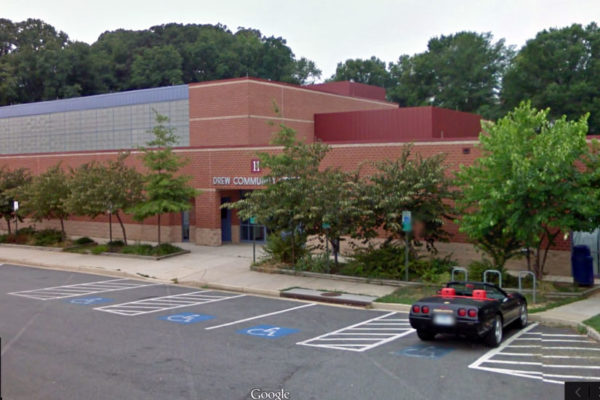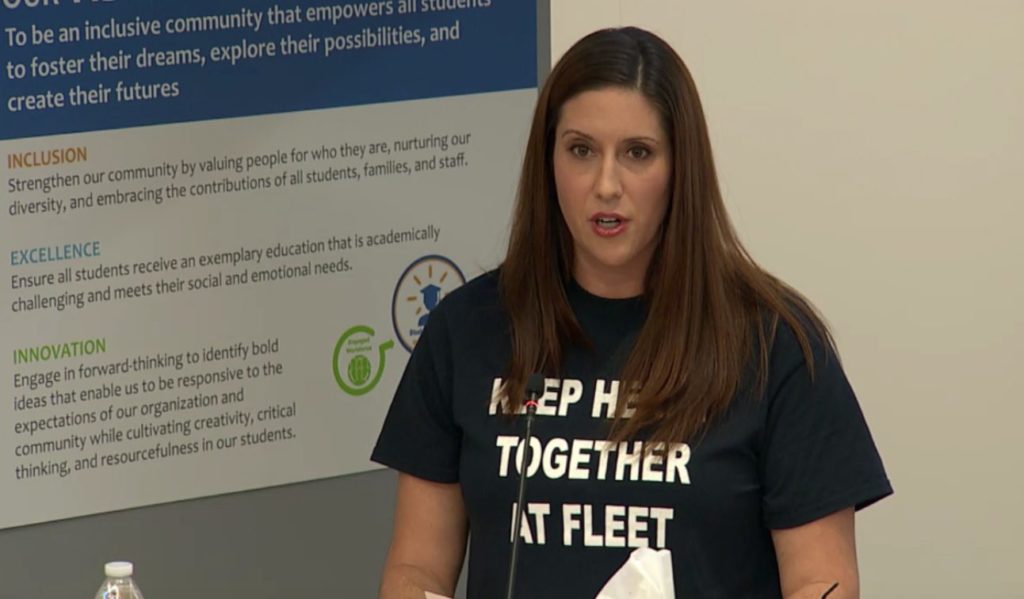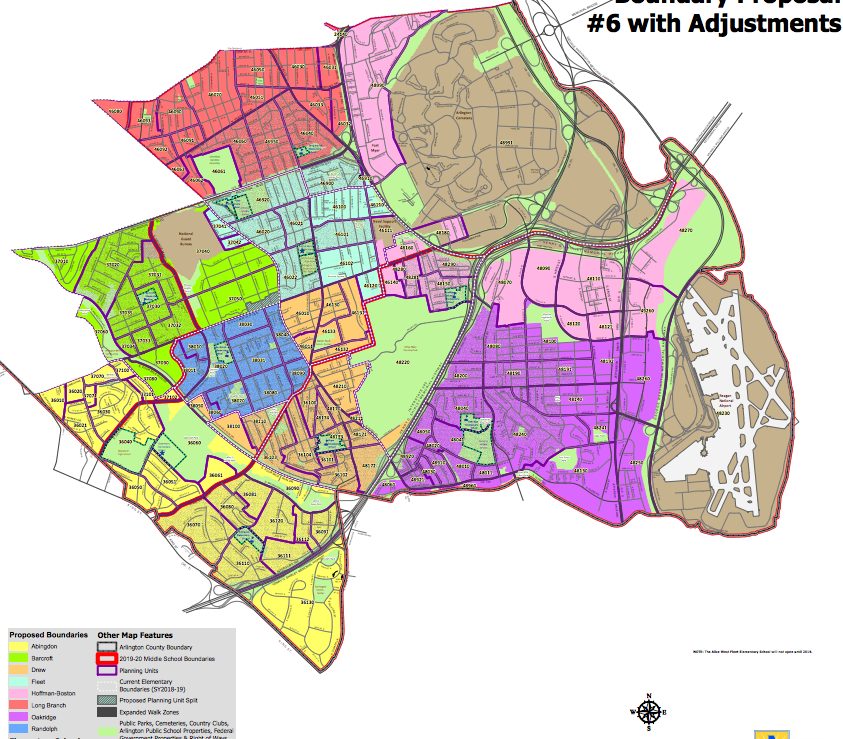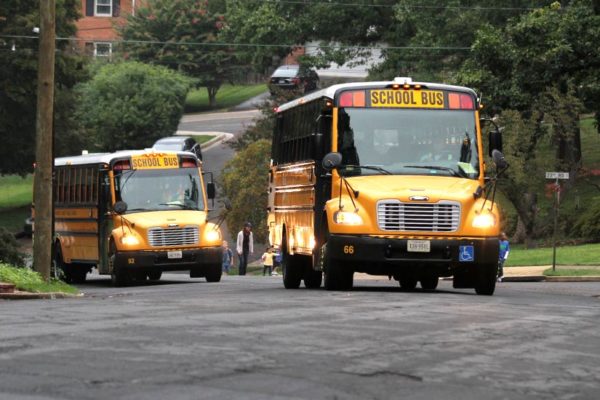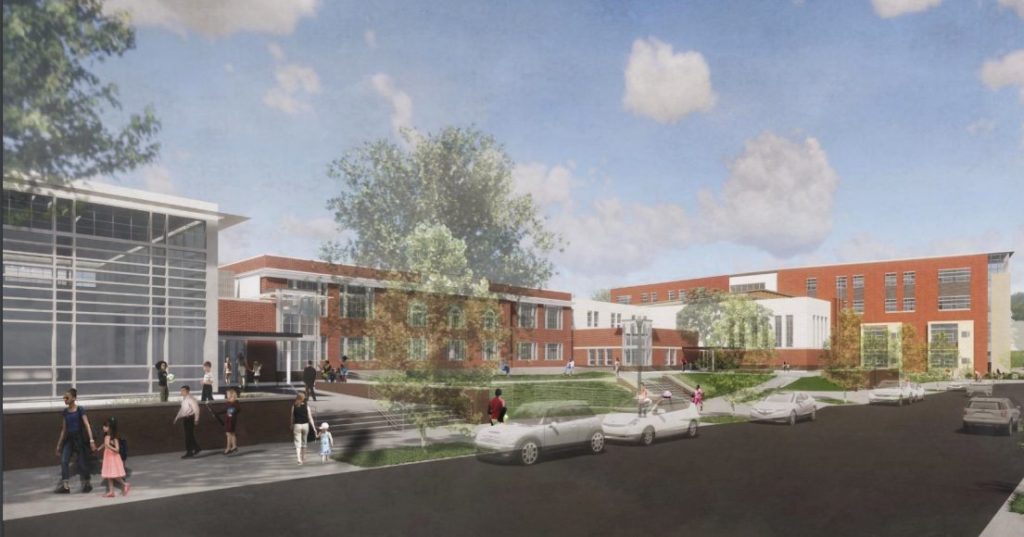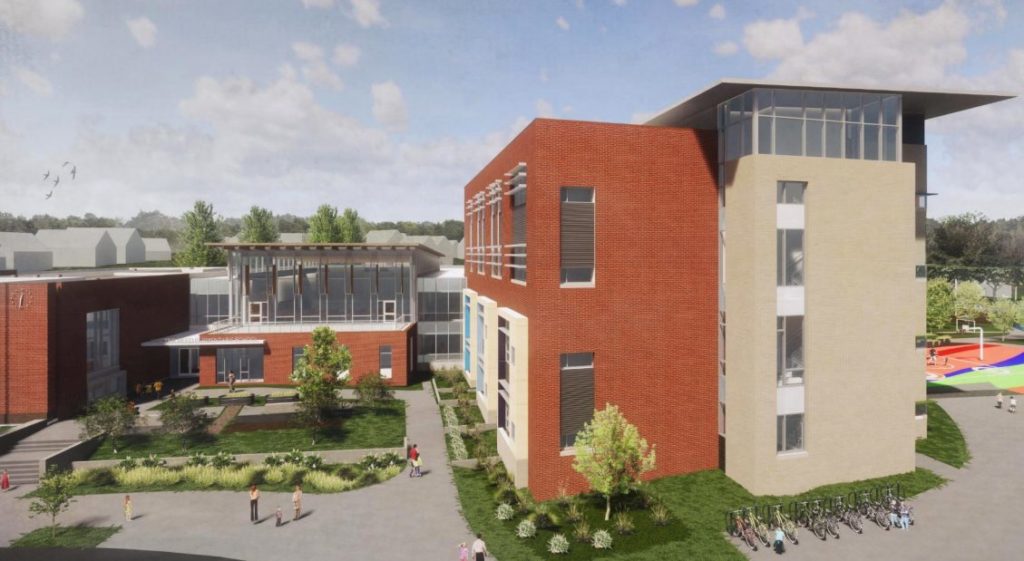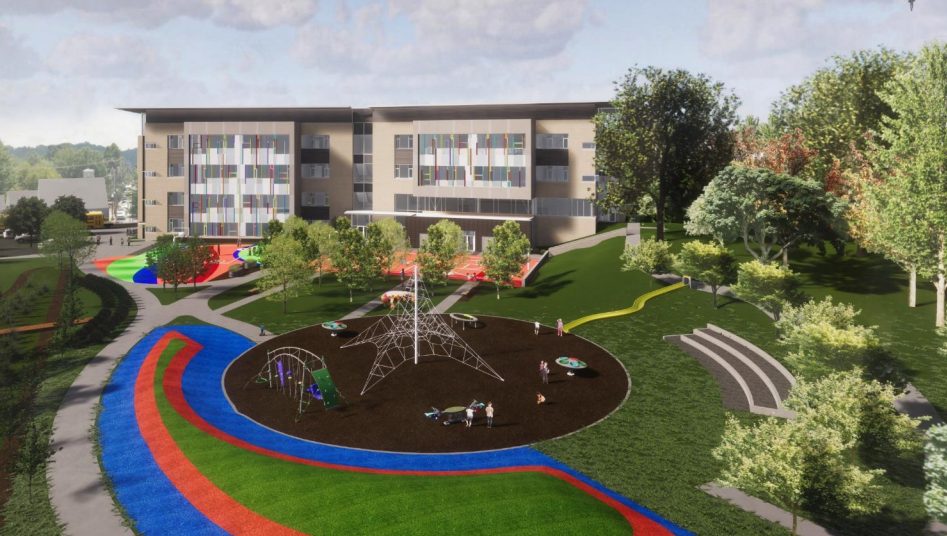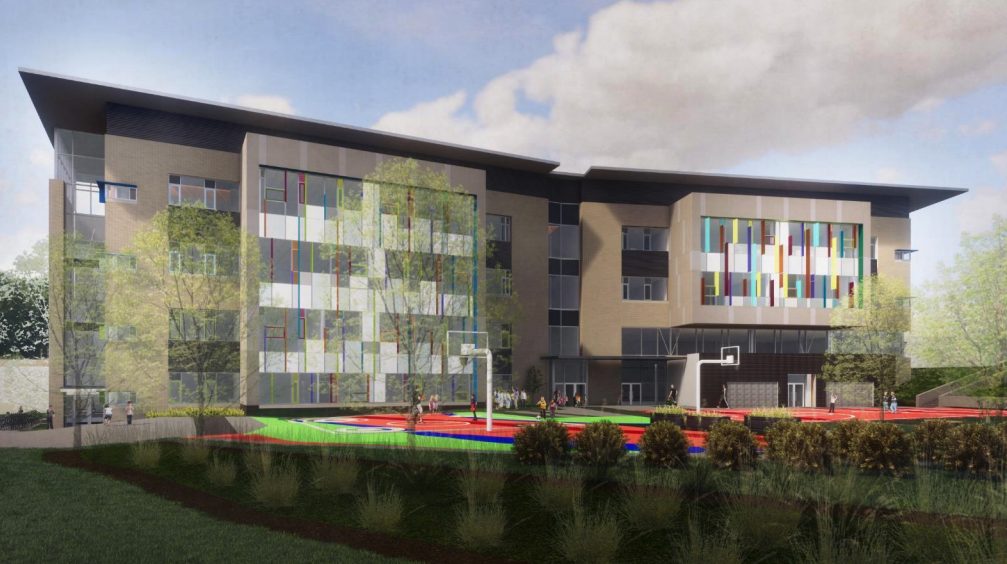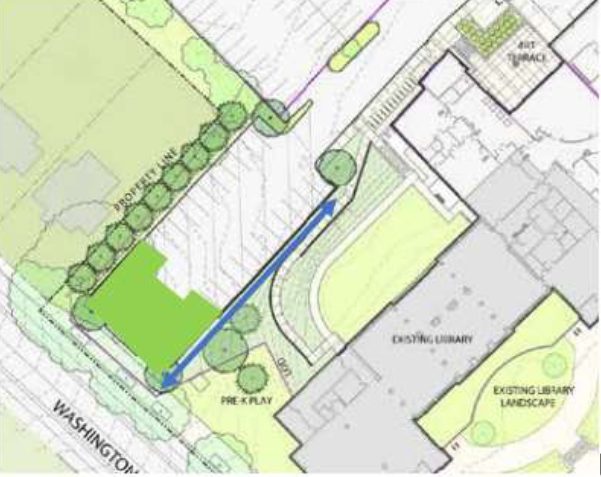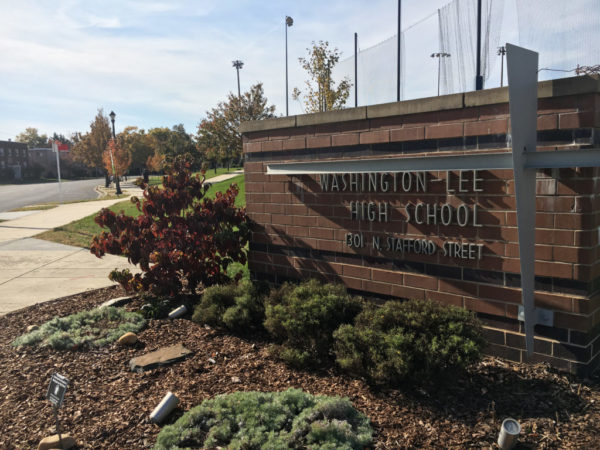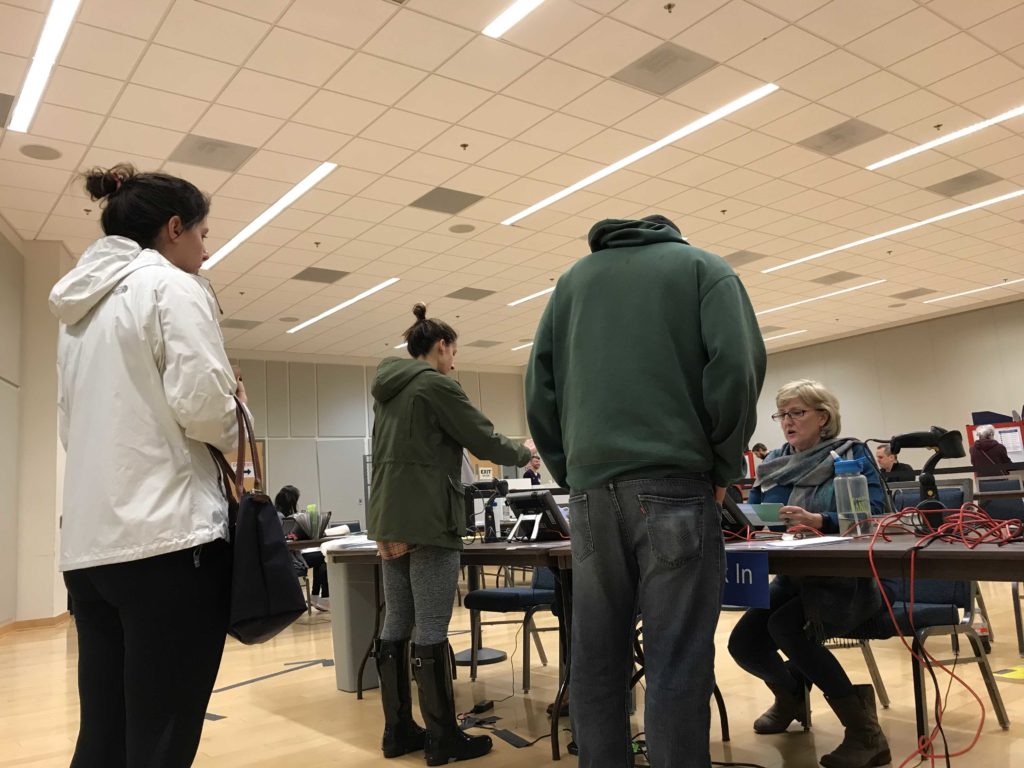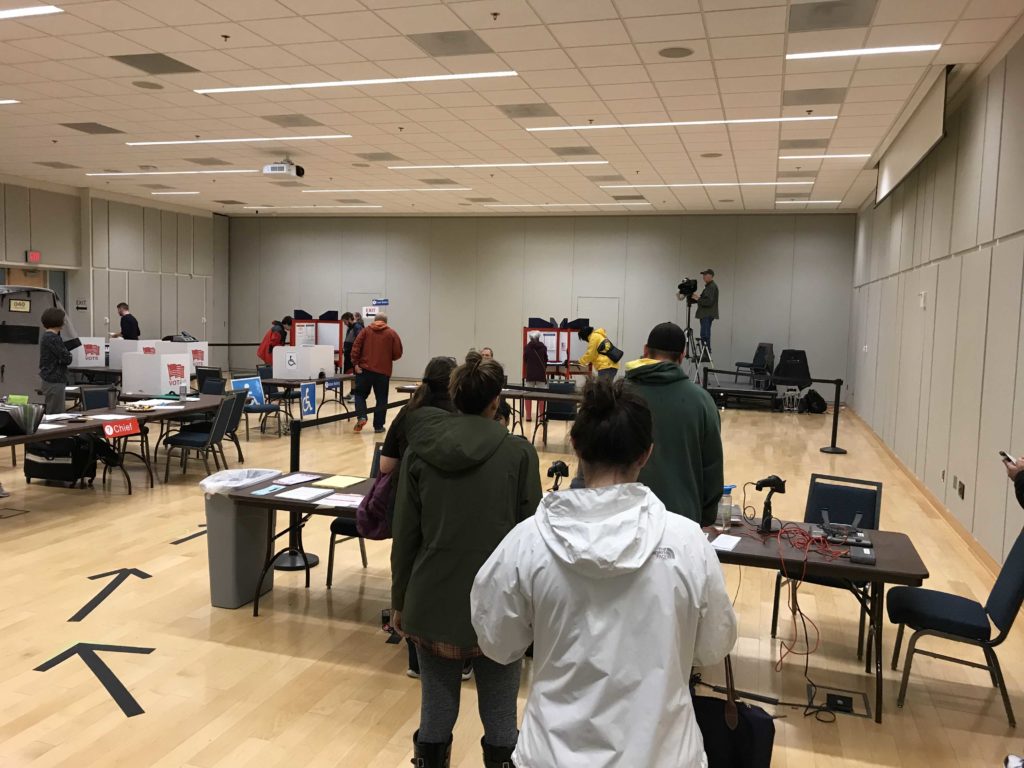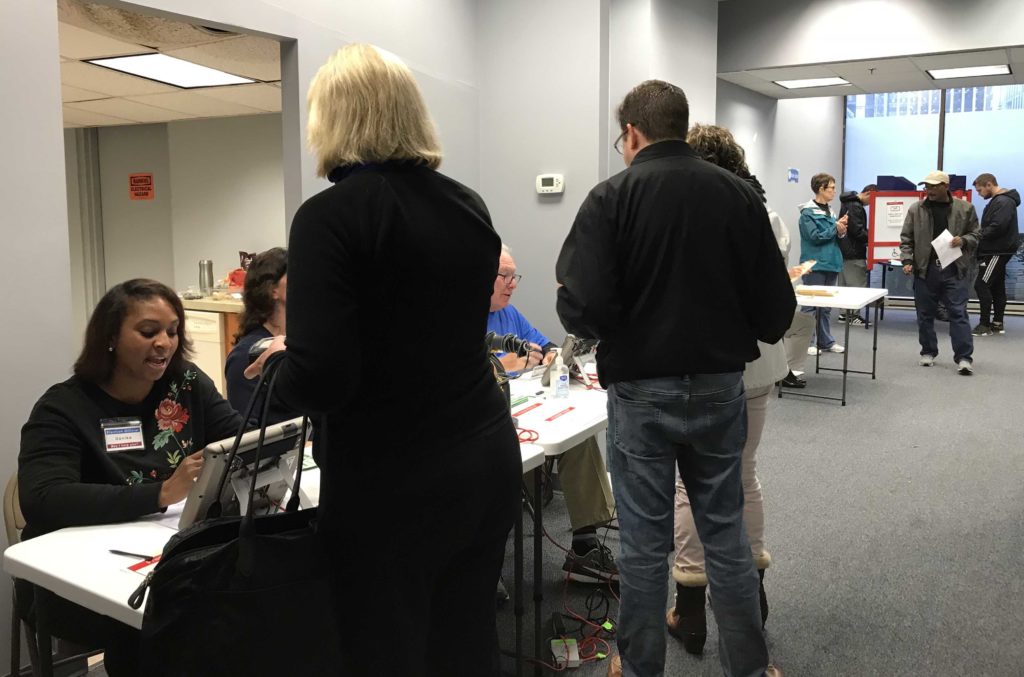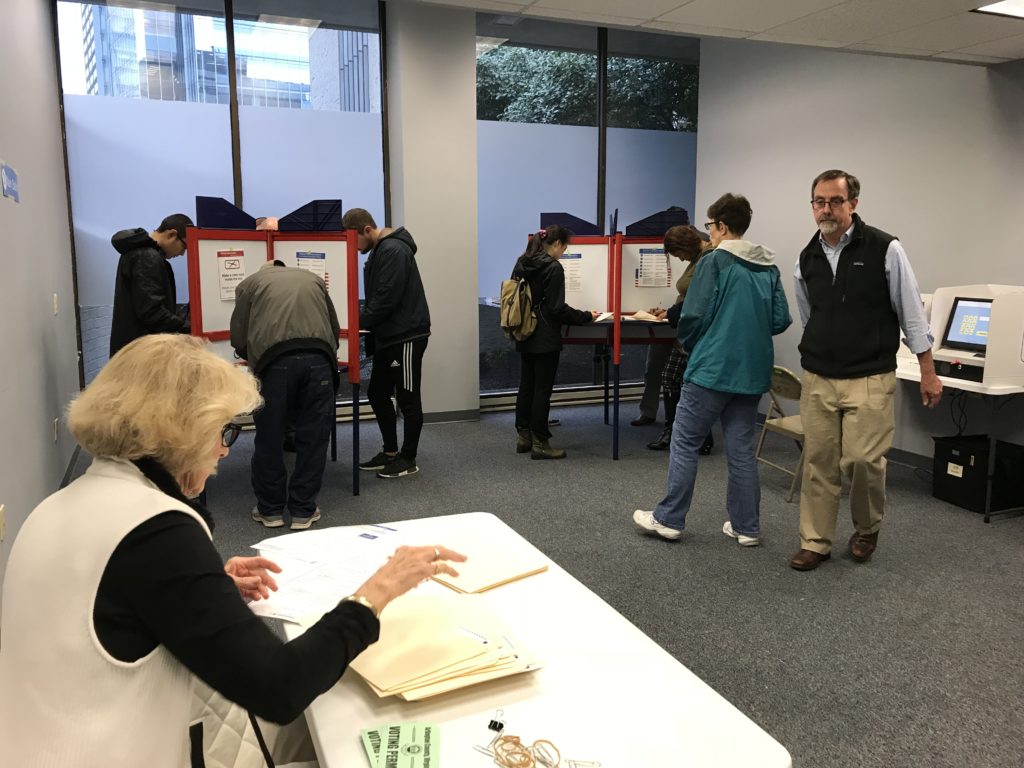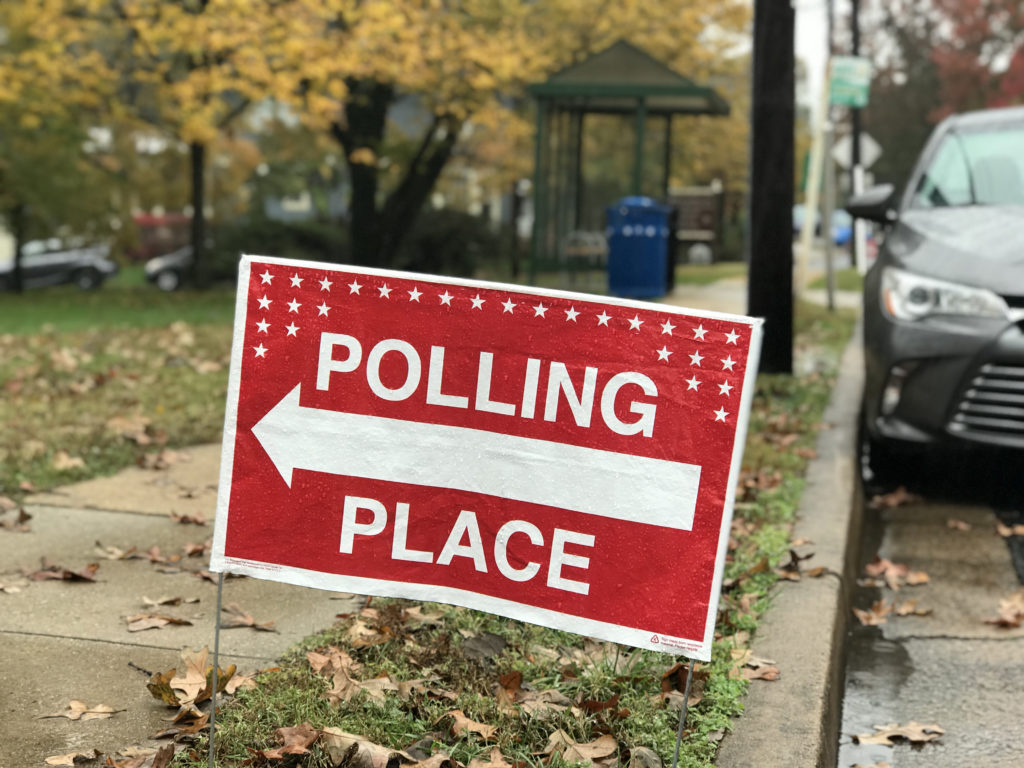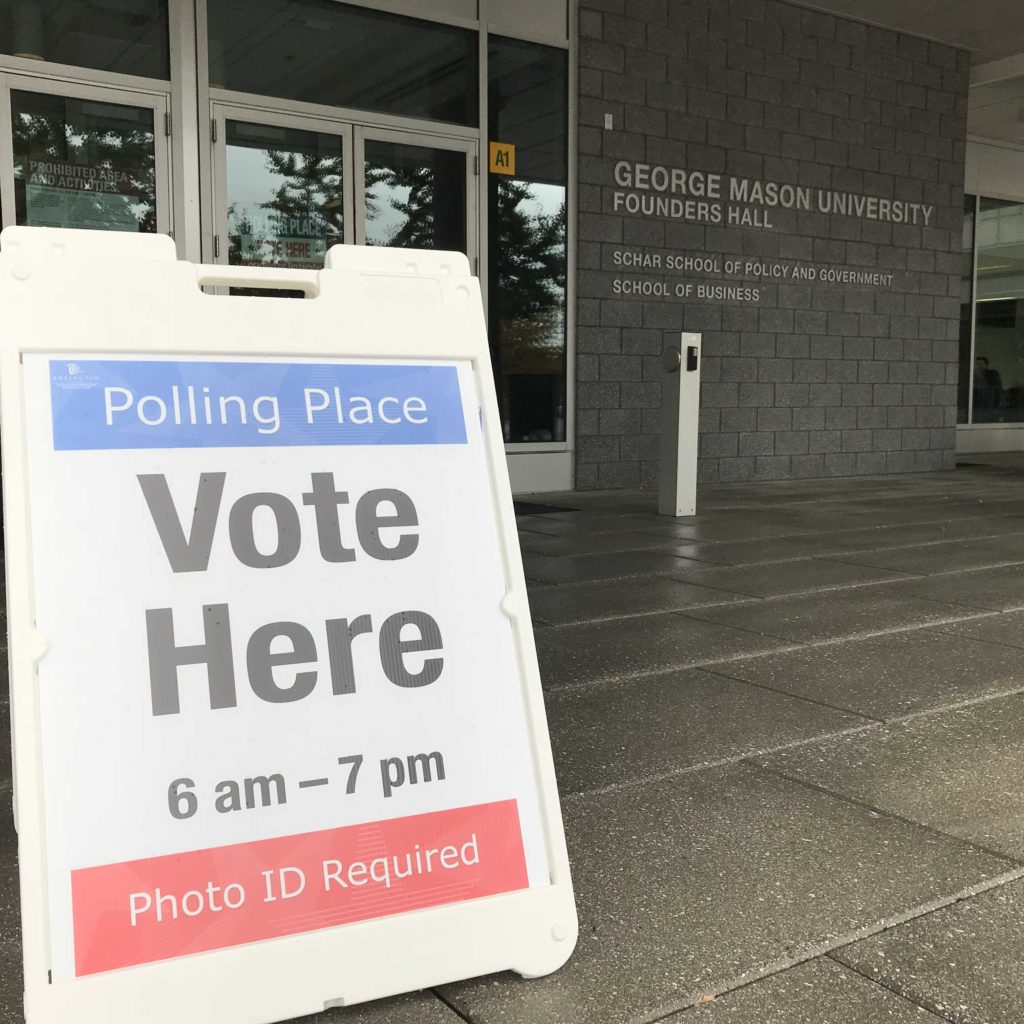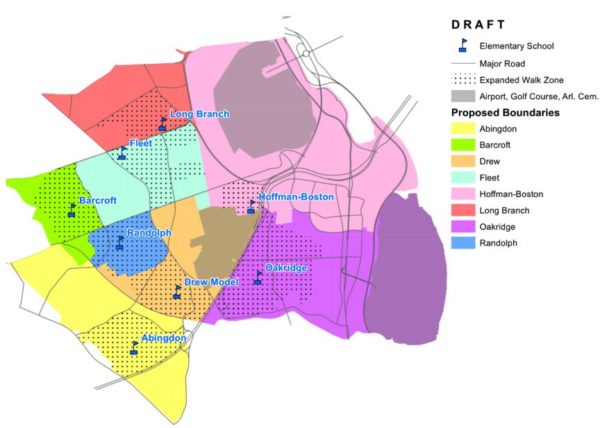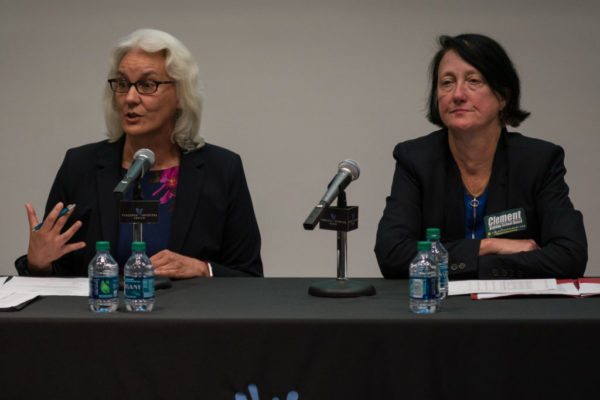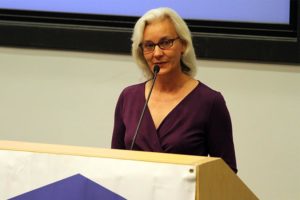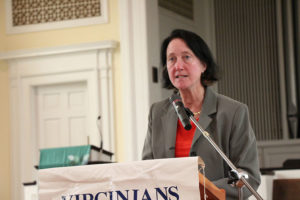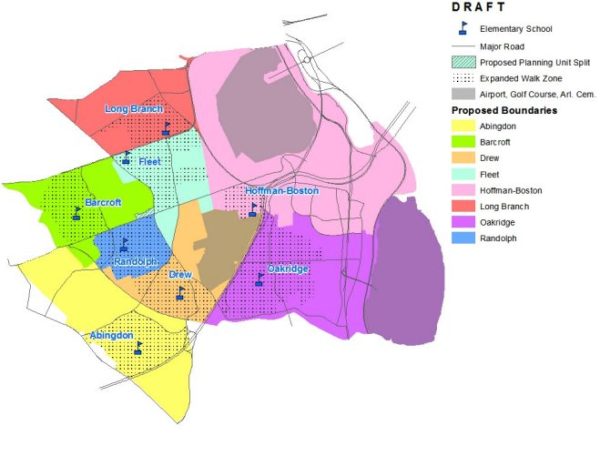The following Letter to the Editor was submitted by Amelia Black, a Nauck resident living within Drew Model School’s attendance boundaries and the mother of two young children.
She penned this note to the Arlington School Board as it weighs a redrawing of South Arlington school boundaries. Parents at Henry Elementary School have proposed converting Drew into a neighborhood school accepting countywide transfers for a “STEAM” program in order to address some of their boundary concerns. The Board has dismissed the possibility of such a proposal, and is set to vote on a final boundary map next month.
My name is Amelia Black, and I am a parent of two children under the age of 5, and I live in the Drew neighborhood walk-zone. The views expressed here are my own.
I am writing because I have been frustrated to learn of the recent proposal by some community members to scrap this whole boundary process and make the new Drew neighborhood school a ‘hybrid option school.’ I thought it was ridiculous on its face, but learned it has been shopped around with all School Board members and even has a full PR campaign complete with ARLnow article and attempts to convince neutral stakeholders like Drew’s principal and PTA president.
I am not sure what you all think about this proposal, but I am hoping it is non-idea for you like it is for me. The school has been an option school for decades and has not had the benefit of a single community rallying around its success like other schools have had. You all know the history of the school, how we all got this point, and I hope that going back now is not considered an option.
I personally support map 6 with some reservation, in particular about filling the school and students not opting out, ultimately delaying Drew congealing into a strong community school. Changes that I hope would be considered 1) all Pre-school seats, including leftover non-VPI seats, should be given to Drew families living in this boundaries so as to encourage families to come into the school 2) Large numbers of students should not be allowed to stay at their former neighborhood school just because it has some extra capacity.
However, I am also formally requesting that you do what you feel is the best long-term solution for all students. The inherent problem with having all us parents constantly engaged in any process like this is that we all would do ANYTHING to prevent real or perceived threats to our children’s’ optimal development.
Parents can pull out charts, spreadsheets, and videos but none of us are objective, and we all want what we feel is the best solution RIGHT THIS MINUTE for our precious children. But often, what is best for those being the loudest right now is not necessarily the best solution for the long-term. We elected you all to gather our input and then make an objective decision that is best for all students, not just the ones who have time and resources to make our voices heard. I’ve shared my opinion, and I am telling myself I’m objective, but I’m biased like every other parent, and I hope you will each do what you feel is most fair to all involved.
As a final thought, please though there have been many flaws in this process that I hope you will seriously reflect on in making improvements for the future, please do not delay this decision. Please make efforts to pull the band aid off now and make a decision on December 6. Delaying the decision will only give people more time to creatively combat the inevitably painful acceptance of changes coming next year.
ARLnow.com occasionally publishes thoughtful letters to the editor about issues of local interest. To submit a letter to the editor for consideration, please email it to [email protected]. Letters may be edited for content and brevity.
Photo via Google Maps


